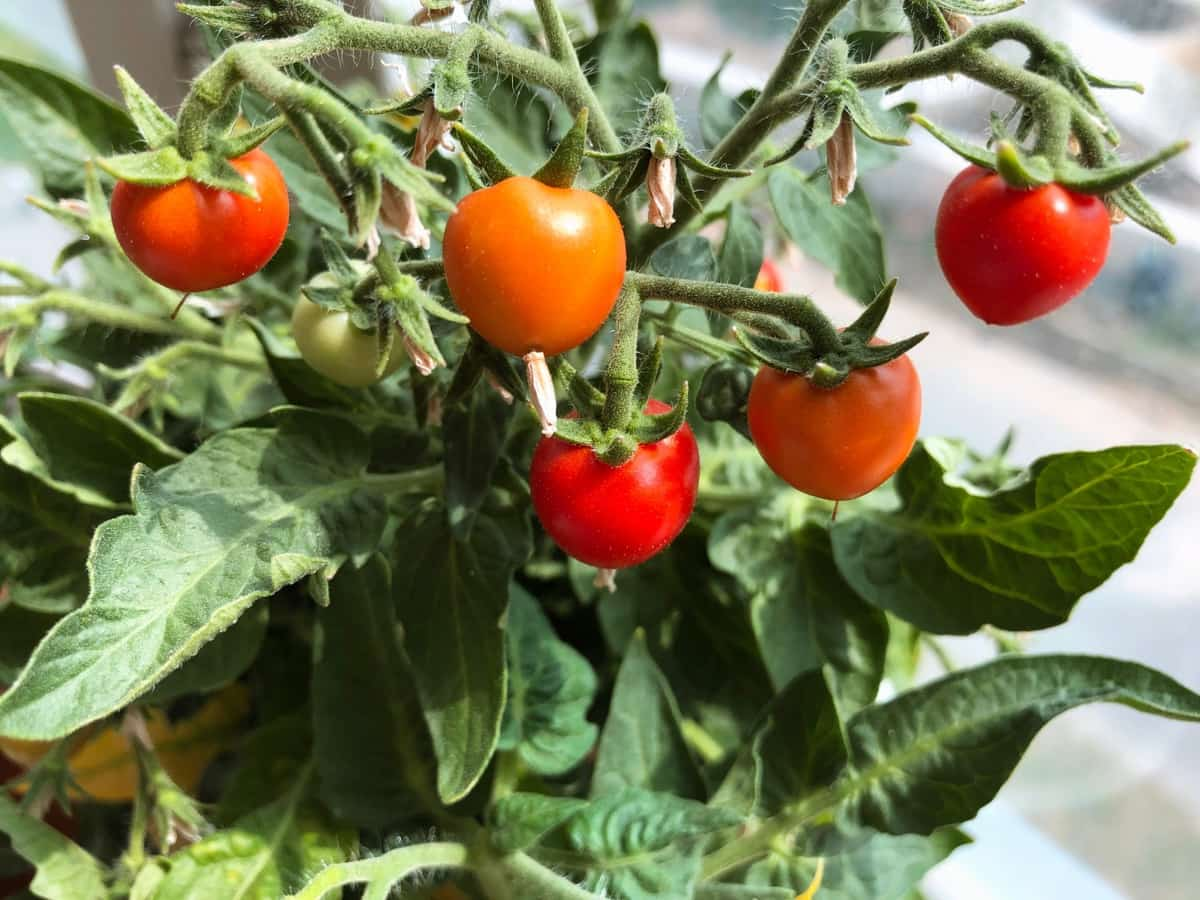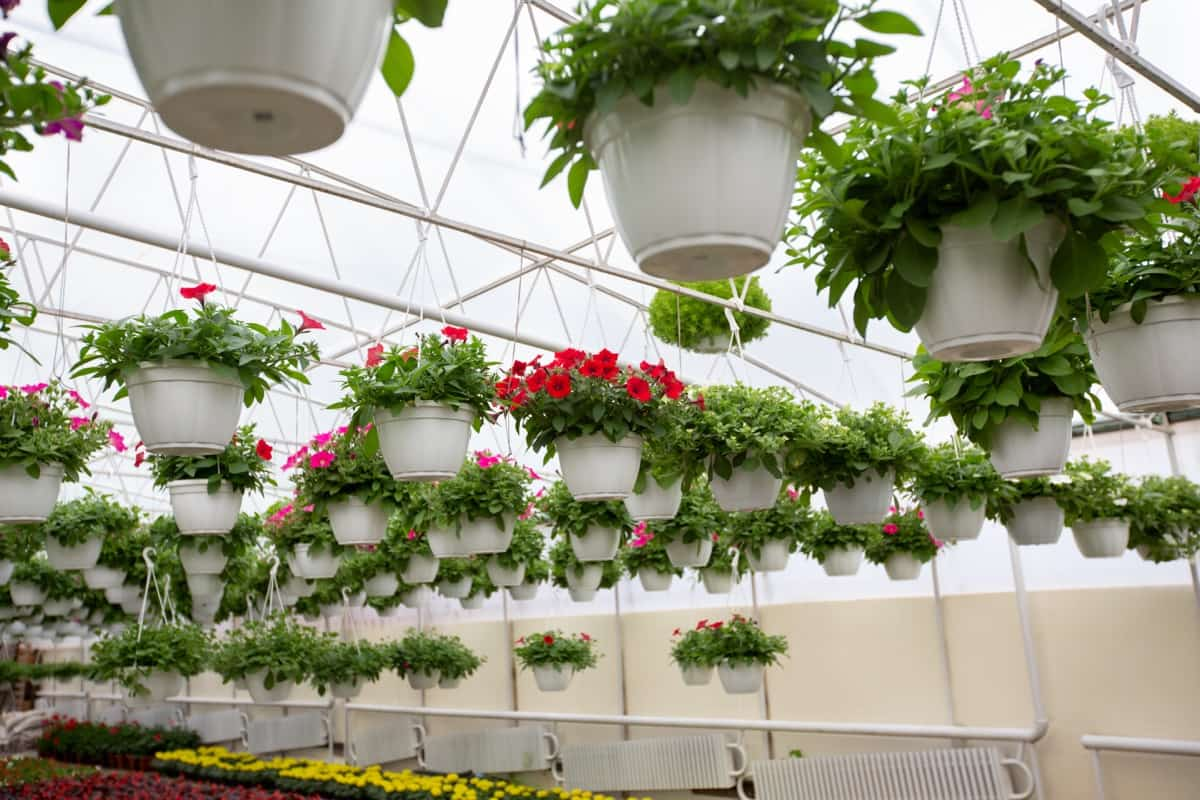Urban rooftop greenhouse farming is an innovative method of agricultural production that utilizes the rooftops of buildings in urban areas to cultivate various crops. With the increasing demand for fresh as well as locally grown produce, this method offers a solution to the challenges in traditional farming practices. By utilizing available space on rooftops, urban greenhouse farming optimizes land use and reduces the need for transportation, thus minimizing the carbon footprint associated with food production.

Benefits of Urban Rooftop Greenhouse Farming
The benefits of urban rooftop greenhouse farming are significant. Firstly, it allows for the production of fresh, organic, and locally grown food in the heart of the city, reducing the carbon emissions associated with the transportation and storage of food. This not only promotes food security but also provides urban dwellers with access to nutritious produce.
Also, urban rooftop greenhouse farming improves air quality and reduces the urban heat island effect. The plants absorb carbon dioxide(CO2) and release oxygen, enhancing the overall air quality of the surrounding area. Moreover, the greenhouses provide insulation to the buildings, reducing energy usage and mitigating the heat island effect common in densely populated urban areas.
Furthermore, this form of farming encourages the efficient use of space in urban environments. Urban farmers can maximize their productivity and cultivate diverse crops and plants by utilizing rooftops, which are often underutilized spaces.
Design Considerations for Urban Rooftop Greenhouse Farms
Designing urban rooftop greenhouse farms requires careful consideration of several factors. Firstly, structural integrity is crucial to ensure the safety and stability of the building. Additionally, the availability of sunlight is essential for plant growth, so the positioning and orientation of the greenhouse should maximize exposure to sunlight. Adequate ventilation and temperature control are also important to maintain an optimal growing environment.
Furthermore, the choice of irrigation systems should be efficient and sustainable, considering water scarcity in urban areas. Lastly, incorporating vertical farming techniques can optimize space utilization and increase crop yields. By considering these factors, urban rooftop greenhouse farms can contribute to sustainable food production in cities.
Choosing the Right Crops for Urban Rooftop Greenhouse Farming
Firstly, it is important to choose crops that are well-suited to the local climate and weather conditions. Urban rooftop greenhouses often have different temperature and humidity levels than traditional farms. Therefore, selecting crops that thrive in these conditions is essential for their growth and productivity. Secondly, the rooftop greenhouse’s size and shape should also be considered. Some crops, such as vine plants or tall trees, may not be suitable for limited vertical space.
In case you missed it: Elevate Your Green Space: 11 Best Rooftop Garden Design Ideas

Opting for compact or dwarf varieties of vegetables and fruits can help maximize available space. Furthermore, choosing crops with a short growing cycle is recommended. Rooftop greenhouses may have limited access to natural light, so selecting fast-growing crops ensures a quicker turnover and more efficient use of resources. Consideration should also be given to the market demand and profitability of the selected crops.
Urban rooftop greenhouse farming can be a niche market, and growing crops with a high demand in the local area is important to ensure a profitable venture. Lastly, it is advisable to experiment with different crops and techniques to find the best fit for the specific rooftop greenhouse environment. Different varieties and cultivation methods can help determine which crops are most successful and yield the desired results.
Implementing Sustainable Practices in Urban Rooftop Greenhouse Farming
Limited Space
One of the primary challenges in urban rooftop greenhouse farming is the limited space available for cultivation. Rooftop farms often have to work with small areas, which can limit the variety and quantity of crops that can be grown. Farmers can use vertical farming techniques such as stacking planters or hydroponic systems to overcome this challenge. These methods maximize space utilization and allow for a greater yield within a limited area.
Structural Limitations
Rooftop structures are not always designed to support the additional weight and infrastructure required for greenhouse farming. This poses a significant challenge for farmers, as they need to ensure the structural integrity of the building while setting up their farms. Consulting with structural engineers can help identify suitable rooftop locations and develop appropriate support systems to overcome this challenge.
Climate Control
Properly growing conditions within a rooftop greenhouse are crucial for successful crop production. Urban environments often present challenges such as excessive heat, strong winds, and air pollution. Farmers can invest in advanced climate control systems to overcome these obstacles, including temperature and humidity control, ventilation, and air filtration. These systems help create a controlled environment that mimics the ideal conditions for plant growth.
Water and Resource Management
Urban areas often face water scarcity and limited access to resources. Efficient water management is vital for rooftop greenhouse farming. Implementing water-saving techniques like drip irrigation and rainwater harvesting systems can help overcome this challenge. Also, using renewable energy sources, like solar panels, can reduce reliance on the electrical grid and make farming more sustainable.
In case you missed it: From Balconies to Rooftops: How to Raise Chickens with No Land

Overcoming Challenges in Urban Rooftop Greenhouse Farming
Overcoming challenges in urban rooftop greenhouse farming requires careful planning and innovative solutions. One major challenge is limited space, which can be addressed using vertical farming techniques and optimizing the greenhouse layout. Another hurdle is ensuring adequate access to natural light, which can be overcome by installing reflective surfaces and supplementary lighting.
Also, managing temperature and humidity levels is crucial and can be achieved through proper ventilation and automated control systems. Water management is also essential and can be improved through efficient irrigation systems and rainwater harvesting. Finally, addressing logistical challenges such as transportation and distribution is key to the success of urban rooftop greenhouse farming.
Integrating Technology in Urban Rooftop Greenhouse Farming
Integrating technology in urban rooftop greenhouse farming has become increasingly popular because of its numerous benefits. By incorporating technology, such as automated irrigation systems and sensor-based monitoring, farmers can optimize crop production while minimizing resource consumption. Additionally, climate control technology enables farmers to create a controlled environment conducive to year-round cultivation.
With the help of technology, urban rooftop greenhouse farming can overcome space limitations and provide fresh produce to urban communities. Furthermore, technology aids in data collection and analysis, allowing farmers to make decisions and improve farm efficiency. Integrating technology in urban rooftop greenhouse farming is a promising solution for sustainable and efficient food production.
In case you missed it: 10 Best Automatic Watering Systems for Balcony, Greenhouse, and Raised Beds

Conclusion
Urban rooftop greenhouse farming presents a sustainable and innovative approach to food production in urban areas. With proper planning and implementation, urban rooftop greenhouse farming can revolutionize urban agriculture and contribute to a greener and more sustainable future.
- Feed Your Flock for Less: Top 10 Tips to Save on Chicken Feed
- Ultimate Guide to Ossabaw Island Hog: Breeding, Raising, Diet, and Care
- Hatching Answers: The Top 10 Reasons Your Chickens Aren’t Laying Eggs
- Eggs and Economics: Breaking Down the Cost of Raising Backyard Chickens
- Defend Your Greens: Proven Methods to Keep Iguanas Out of Your Garden
- Ultimate Guide to Cinnamon Queen Chicken: A Comprehensive Guide for Beginners
- Ultimate Guide to California Tan Chicken: Breeding, Raising, Diet, Egg-Production and Care
- Ultimate Guide to Marsh Daisy Chicken: Breeding, Raising, Diet, and Care
- 10 Types of Chicken Farming Businesses You Can Start for Profits